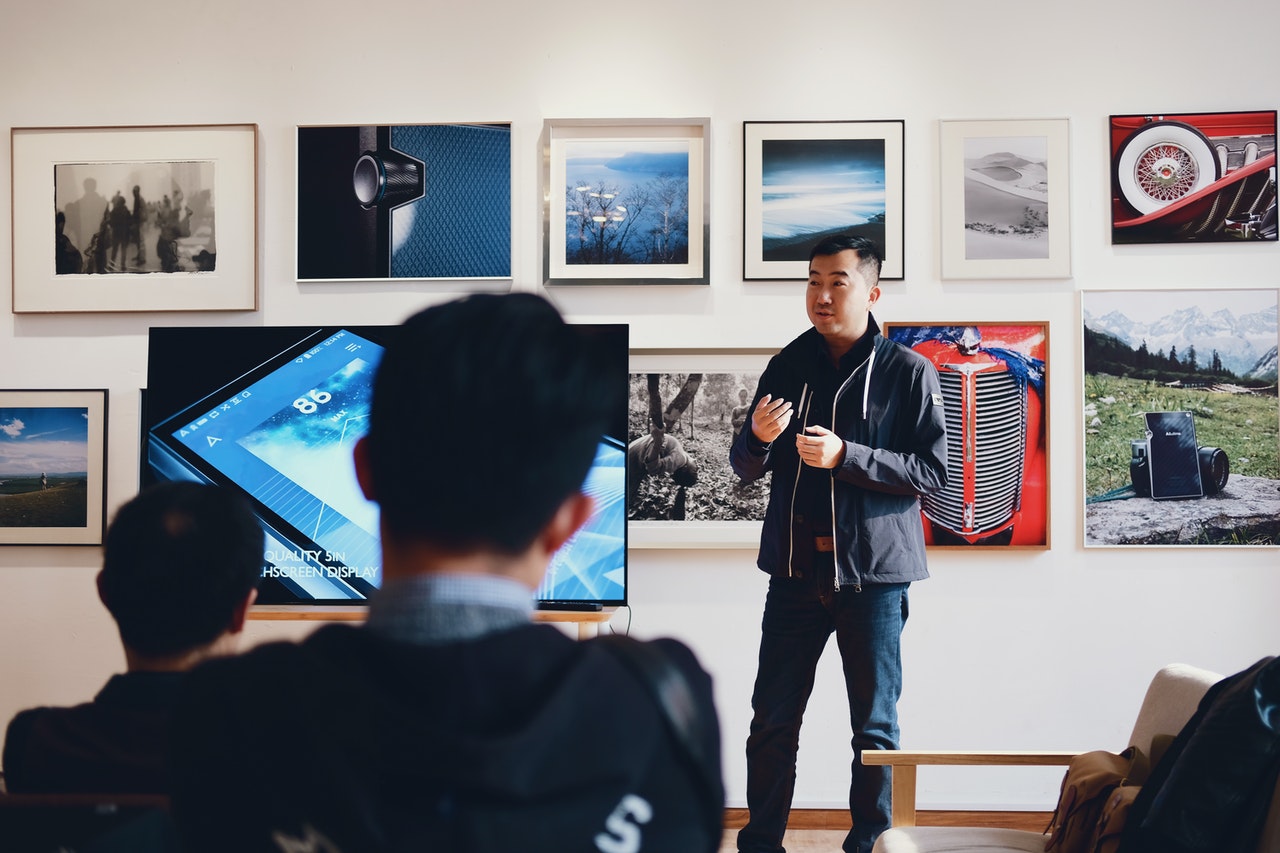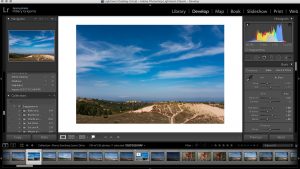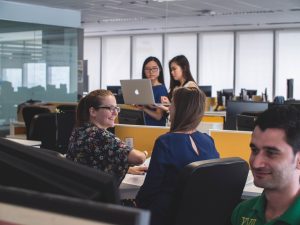Traditional classrooms have been the norm for decades, but what about in-person, non-traditional teaching methods? There are a wide variety of in-person methods for teaching, many of which are becoming more popular due to their ease of implementation, and many of which are much more effective than the old-style textbooks. Best practices and other acceptable non-traditional teaching strategies allow even competent teachers to effectively teach the class. Most qualified teachers can talk, but they sometimes also include a wide range of different techniques, such as non-traditional teaching strategies to help students learn and remain engaged, without feeling like they are being forced to sit still in a traditional classroom.
Non-traditional teaching is a broad category that includes many different types of methods and technologies. Those were once considered impossible to teach using in-class methods. Teaching across the curriculum is becoming easier with technology. As technology continues to advance, teachers will find new ways to enhance their teaching methods for teaching across the curriculum. In-class demonstrations and lectures are becoming obsolete; teachers will find creative and different ways to make their lectures interesting and engaging for students. This kind of teaching is already used in various programs, such as the Montessori education program.
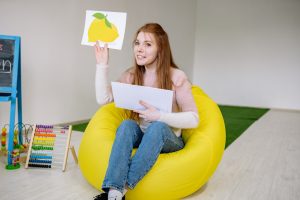
Flipped classrooms
One method that many teachers find helpful is flipped classrooms. In flipped classrooms, the teacher in the classroom has the responsibility for both the left and right sides of the classroom at all times. This arrangement provides greater flexibility for the teacher. By allowing them to keep their attention and become a better teacher, they are not confined to a specific side of the room at any given time. The best part about flipped classrooms is that students may end up engaging with one teacher.
In an effort to create a more engaging learning experience, teachers can even take their classrooms inside of actual buildings. This can be accomplished by taking a flip of a switch or physically moving a student from one class to another. In addition to non-traditional teaching methods that take classrooms inside of the actual buildings, teachers can also utilize whiteboard features in their classrooms. This provides a more interactive learning experience for students. Whiteboard features can include-a calculator or worksheet, a video projector, or a magnetic board that has multiple uses such as-a chalkboard, calculator, or worksheet.
A flip of a button can allow teachers to create a flipped classroom. This is a classroom in which the majority of the seats are turned towards the instructor or toward the student who is failing the assignment. Flip-flopping can be extremely helpful to novice teachers trying to learn more difficult concepts. In addition to teaching students how to fail, flipping classrooms can also help teachers to practice a range of teaching skills. Those are presentation skills, response skills, problem-solving skills, and even time management skills.
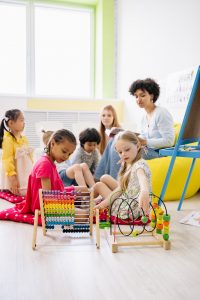
Inclusive learning environment
Another key strategy used by many teachers is an inclusive learning environment. An inclusive learning environment is one where all students can be included. Additionally, students learn in a way where the lessons take them out of their comfort zone. For example, in an inclusive learning environment, students will typically be grouped based on age, grade level, and subject matter content. An inclusive learning environment makes it easier for students to interact with others, making it a great place for students to learn.
Engaged learning environment
A teacher can also use non-traditional learning methods in an effort to create an engaged learning environment for their students. Traditional learning methods such as textbooks, videos, whiteboards, and visual aids can also be used in an effort to engage students. In addition to the traditional learning methods listed above, teachers can also utilize technology in an effort to create an engaged learning environment. Using technology in an effort to engage students can include-use computers in an effort to provide students with interactive learning experiences, listening techniques, group projects, or any other non-traditional teaching strategies that can help students learn.
Pre-lecture presentation
A pre-lecture presentation is often used in classes where students are learning a new subject. A pre-lecture lecture generally takes the form of an overview of the entire class assignment or lesson, with a brief overview of the key points of the material covered throughout the semester. Pre-lectures are often used in preparation for longer-term assignments.
